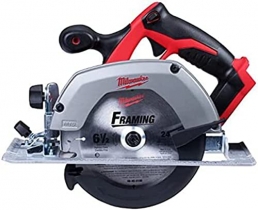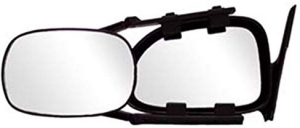-
Welcome to Tacoma World!
You are currently viewing as a guest! To get full-access, you need to register for a FREE account.
As a registered member, you’ll be able to:- Participate in all Tacoma discussion topics
- Communicate privately with other Tacoma owners from around the world
- Post your own photos in our Members Gallery
- Access all special features of the site
Aspect ratio and winter traction
Discussion in '2nd Gen. Tacomas (2005-2015)' started by NMTrailRider, Nov 23, 2015.
Page 1 of 10
Page 1 of 10


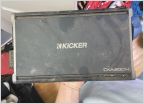 How do I put this Amp in my truck
How do I put this Amp in my truck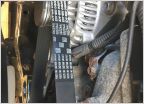 2.7L Alternator differences
2.7L Alternator differences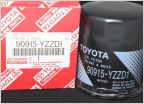 Difference between yzzd3 and yzzd1 oil filter?
Difference between yzzd3 and yzzd1 oil filter?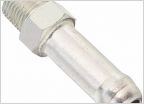 Purchasing my Tacoma tomorrow!
Purchasing my Tacoma tomorrow!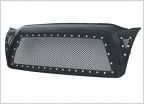 Grill upgrade
Grill upgrade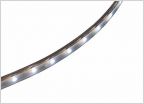 Flexible LED Strips
Flexible LED Strips






